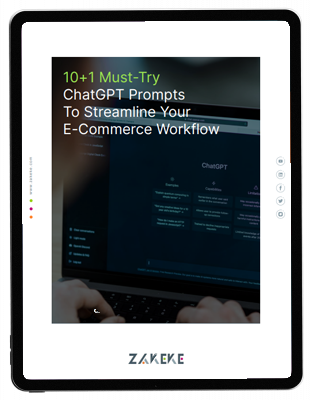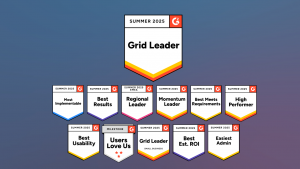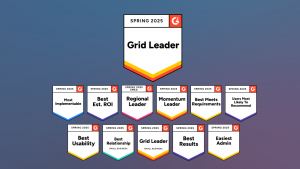Social media has become an integral part of our everyday lives; moreover it serves as an essential part for eCommerce businesses aiming to increase their market coverage and sales volume. The attention of many customers is attracted by social networks with a number of millions of users that scroll their feeds on a daily basis.
On the contrary, the problem is standing out and attaining attention of the target audience as well as making your content appeal and engage them. This guide is going to tackle the key tools and best strategies for crafting social media content for eCommerce websites that work.
Understanding Your Audience
Successful social media content for ecommerce starts with the inside knowledge of the target audience. Who are they? What is really their demographic’s interest, need, and pain point?
Social media analytics can be a powerful tool for eCommerce businesses in order to collect data about their followers’ demographics, interests, and behavior. Such detail is instrumental in developing content that hits the mark directing your target audience as well as increasing engagement thus, eventually generating sales.
Social Media Content for eCommerce: Strategy
The engagement of your social media audience is enhanced with a well-thought-out content strategy. This strategy should outline:
Objectives: Explain what you intend to achieve with your social media campaigns. That could be like generating brand awareness, boosting engagement or driving conversions.
Content Calendar: A scheduled content calendar keeps your post regularity in check, which is very important because it allows your brand to stay in the audience’s consciousness every now and then.
Content Mix: To ensure the right promotional mix, balance the promotional posts by creating valuable content that teaches, brings laughter, or inspires your audience. Such a combination of things makes your feed engaging and interesting.
Types of Content That Drive Engagement
Social media reputation and awareness could be raised with consumers while decision-making may be influenced similarly. Here are several types of content that have proven effective for eCommerce platforms:
Visual Content: Obtaining high-resolution photos as well as videos for your product can prove to be quite promising.
User-Generated Content: Display genuine customers who have used the products of your company. It is not only proof from other customers that what you say is right but also invites other people to post their reviews as well.
Educational Content: The learner can be educated through how-to-guides, tips, and product demonstrations thus enabling the audience to make their choices by being well-informed.
Behind-the-Scenes: Live the drape and show your audience, up close and personal, how your brand works on a daily basis. This will help to humanize your brand and develop a stronger bond between it and your consumers.
Interactive Content: Utilize various interactive elements, such as polls, quizzes and contests to get the attention of your audience. Understanding the users and encouraging them at the same time remains the key to success through games’ feedback system.
Storytelling: Using tales associated with your items, engage with your potential customers on a different level (their emotions and values).
Leveraging Multimedia and Tools
Adding professional videos to social media is effective in maximizing engagement. Use tools like video AI generators that can generate attractive videos for eCommerce businesses swiftly and effortlessly. These AI features enable the creation of video content that matches each social media platform, which results in the highest audience engagement.
In concert with this, the captivating captions, which stimulate viewers to act and engage with the video, must be taken into account. Using Hootsuite and Buffer are extremely useful when it comes to schedule posts, and help the content remain available on various platforms. It means that their audience remains interested and can interact with one another, this is key for succeeding in the business.
Optimizing Content for Each Social Media Platform
Each social media platform has its unique features and audience preferences. Content that may be effective on Instagram may not be as successful on X because of audience behaviour and the platform dynamics are different.
Customize your content delivery, presentation and outreach across individual social media platforms while at the same time staying true to the brand voice.
Engaging with Your Community
Community engagement is more than just posting articles. It means that you must actively listen and respond to comments, messages and reviews.
This communication strengthens relationships but also enhances a feeling of community associated with your brand. Also, working with influencers and brand partners will increase your scope and credibility.
Measuring Success and Optimizing Your Strategy
In order to understand the success of your social media strategy, you should be tracking key performance indicators (KPIs) such as engagement rates, reach, follower growth, and conversion rates.
Social media analytics tools do have the potential to supply all those metrics, which makes it possible for you to improve your strategy through actual performance data.
Conclusion
Social media acts as a dynamic place where eCommerce websites can display their products and connect with their customers in a personal and exciting way.
Through analyzing your audience, having a content plan, using the latest technology, and interacting with your community, you will create the best social media content for ecommerce and get the most from these platforms for your e-store.















